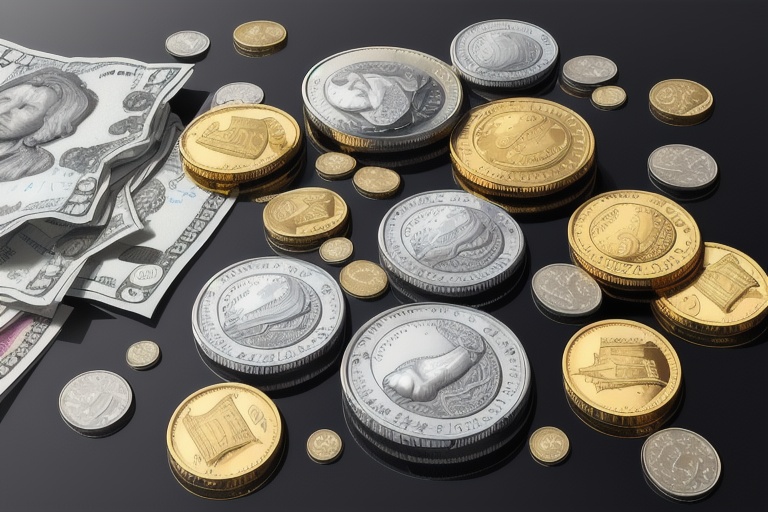If you're embarking on the thrilling adventure of coin collecting or already a seasoned numismatist, you would do well to familiarize yourself with the PCGS (Professional Coin Grading Service) grading standards. These guidelines are integral to understanding and determining the value of coins in the intricate fabric of the rare coin industry.
If you're embarking on the thrilling adventure of coin collecting or already a seasoned numismatist, you would do well to familiarize yourself with the PCGS (Professional Coin Grading Service) grading standards. These guidelines are integral to understanding and determining the value of coins in the intricate fabric of the rare coin industry.
The Origins and Impact of PCGS Grading Standards
Dr. William Sheldon conceived a numerical grading scale in 1948, which comprehensively revolutionized the coin grading system by assigning numerical values from 1 to 70. This was constructed with the notion that a coin graded as "70" should, theoretically, be seventy times more valuable than one graded as "1." It wasn't until 1986 that PCGS took this concept further and amplified it within the numismatic marketplace through third-party grading—a groundbreaking model that has since become industry standard.
Mint State and Proof: The Dual Pinnacles of Grading
The PCGS grading system bifurcates into Mint State (MS) and Proof (PR) categories to simplify the evaluation process. Mint State coins are those that have been spared the wear of circulation and are appraised within a range from MS-60 to MS-70. An MS-70 indicates a coin in impeccable, pristine condition, while MS-60 implies a coin that bears evidence of handling, such as minor blemishes or abrasions.
Conversely, Proof coins are products of a meticulous manufacturing process, where specially prepared coin blanks (planchets) are struck using carefully crafted dies, often more than once, under precise conditions to yield coins of exceptional quality and aesthetic appeal. Since 1817, such coins have been classified as Proofs by PCGS.
Additional Designations: The Nuances of Numismatics
To account for the vast diversity in quality, PCGS also utilizes additional designations. Among these are the Specimen (SP) coins, unique pieces minted between 1792 and 1816 that share properties akin to later Proof issues but bear distinctive traits linked to their particular method of production.
The Grading Scale: Deciphering Numismatic Value
Coins are assigned grades ranging from MS/PR-70, denoting absolute perfection, to MS/PR-1, indicating a piece so worn that its features are barely discernible. At the higher end of the scale, coins exhibit no visible imperfections to the naked eye, boasting full luster and exacting detail, whereas coins at the lower end of the scale carry significant wear or damage, drastically reducing their collectible appeal.
Why the PCGS Grading Standards Matter
Grasping the essence of the PCGS grading standards is integral for any collector. It allows for an accurate evaluation of a coin's worth and ensures that transactions are transparent and based on a universally accepted numismatic criterion. When coins are offered for sale or at auction, their PCGS grade becomes a badge of authenticity and condition, enabling both buyers and sellers to engage in fair and informed negotiations.
In the context of coin collecting, superior grades (MS/PR-70 or MS/PR-69) naturally fetch higher prices owing to their condition and scarcity. Lower grades mirror a coin's diminished state and, consequently, its decreased market value. PCGS transparently elucidates the criteria for each grade, providing collectors with a sound understanding of a coin's evaluation.
The Role of PCGS Standards in Coin Collecting
The standards set by PCGS have become a linchpin for collectors, establishing a universal language for the condition and value of coins. Recognizing and internalizing these grading methodologies empowers collectors to navigate the numismatic marketplace with aplomb, engage in transactions with confidence, and refine their collections with discernment.
Whether you're an enthusiastic newcomer to the world of coins or a venerable collector seeking to expand your trove, a solid comprehension of PCGS grading is indispensable. Armed with this knowledge, you'll be optimally positioned to enhance your collection's value and to partake in the numismatic exchange with authority and ease.
Information for this article was gathered from the following source.

